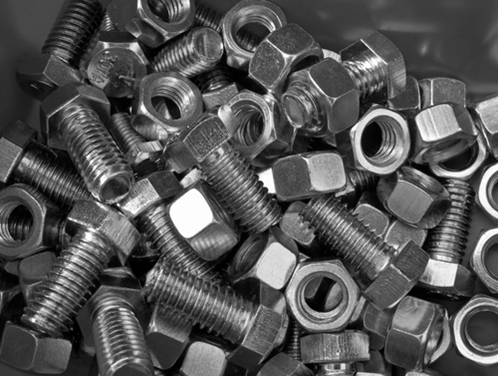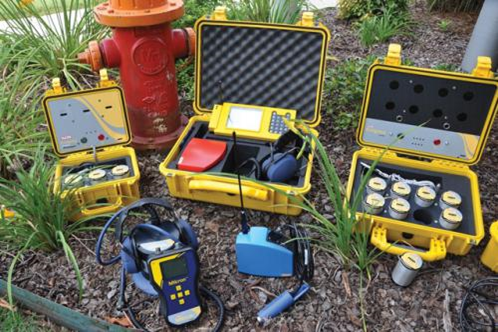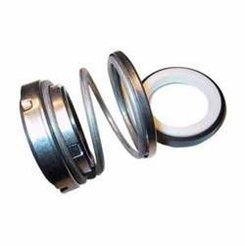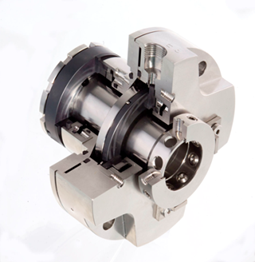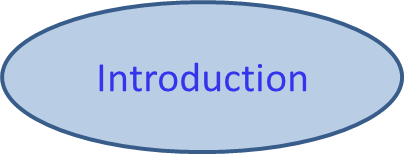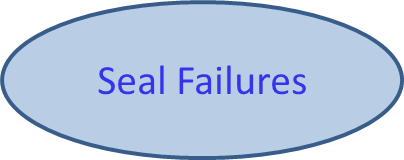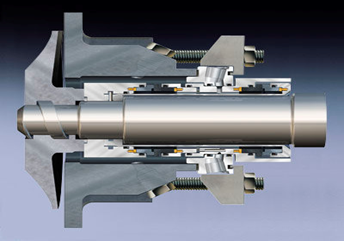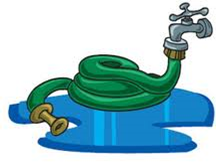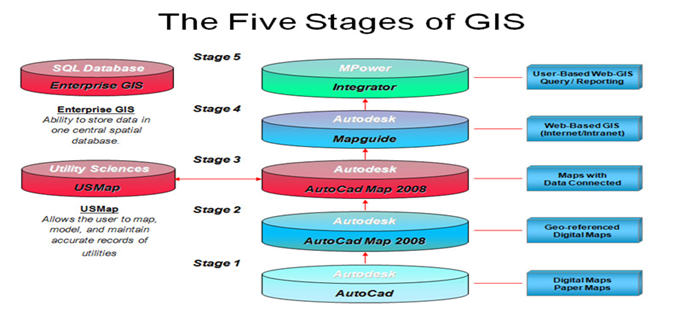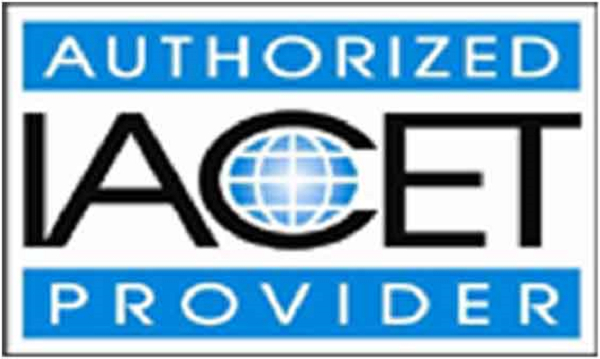
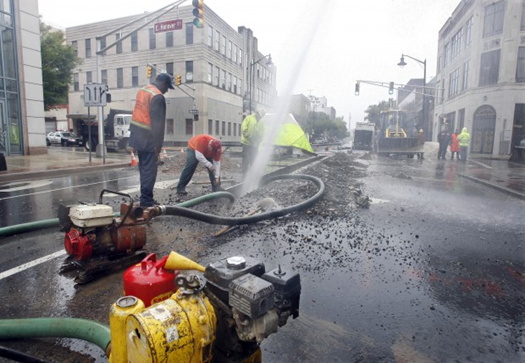  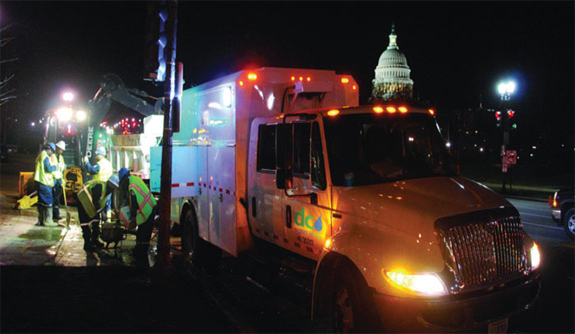 |
|||||||||||
 |
|||||||||||
|
Thank You for your interest in CEU Plan …. this year, we would like to highlight the plant maintenance and mechanics in some very awesome courses to assist you…. how better to get started, other than, Nuts, Bolts, and Gaskets …. along with Mechanical Seals and Seal Failures … Water Loss Control …. Introduction to GIS …. Laboratory Practices We read and take note of your comments on the course evaluation form and hope these new additions meet your needs in these areas ….. We are working on some new plant operation course series which should be released during the end of this year. The best investment is the investment in yourself and the training to increase your skills! New Courses are now available ………… please check your state page on the CEU Plan website for the latest course releases. Video (streaming) based courses are now available ……. see them illustrated on the complete course listing where a new column illustrates the course format: video-based, text-based, or both.
  
|
|||||||||||
"Nuts, Bolts & Gaskets" is a two-part series on fasteners used in the water - wastewater treatment industry. Rich Varella is the Vice President for TRIPAC Industries. He was involved as purchasing manager for an oil refinery for 17 years before coming to the water and wastewater field in 2000, gaining a great knowledge in heavy duty and commercial usage of fasteners and gaskets. Rich is incredibly knowledgeable about fasteners, their materials of construction and applications, along with being tapped as an expert witness in the industry. He frequently makes presentations at conferences and seminars. CEU Plan is pleased to make "Nuts, Bolts & Gaskets" available to water and wastewater operators for license renewal CEUs. This course illustrates the NSF-61 requirements for gaskets effective January 2014. Some of the latest ASTM specifications for nut and bolts, along with compatibility to various materials of construction and applications will be discussed. Corrosion and its importance in fasteners around the treatment plant and piping systems are included. This course is One-of-Kind discussing thread lengths and connections, diameter of bolts, and many fundamental aspects of bolts and nuts. This course is great for any entry level, as well as, a refresher for anyone involved in mechanics, maintenance, or pipe line support staff. We recommend this course for ALL purchasing departments of water and wastewater treatment divisions, as to appreciate and better understand the need for quality fasteners in the shop and around-the-treatment plant. |
|||||||||||
|
|||||||||||
This course is designed to give the student a reasonably understanding of what Mechanical Seals are, what makes them function along with some of the issues/problems/concerns associated with them. It explains the features and benefits of using a Mechanical Seal vs. Packing. The course explains the lapping process and why it is necessary to maintain face flatness. It shows and explains how and why a Mechanical Seal functions and why the Seal Interface is important to the life of a seal and why it is important to keep the seals cool, clean and lubricated. The course gives a brief discussion about the Balance Ratios and how they are calculated for a Balanced and Un-Balanced Seal. The course will explain in detail the various components of a Mechanical Seal and the function of each component. It touches briefly on the various Classifications and Arrangement possibilities of a seal and how they differ. It explains some of the auxiliary equipment used with Mechanical Seals such as "Seal Support Systems" or piping plans. And it touches on a few of the more common failure analysis. Overall, the course is designed to give the student a better understanding concerning Mechanical Seals so they can obtain longer service life and less problems from their Mechanical Seals and thus keep our environment clean and safe from contaminants. This is a two part course: Introduction, followed by Mechanical Seal Failures.
|
|||||||||||

|
|||||||||||
|
|||||||||||
|
|||||||||||
Tips & Tricks
» We have upgraded our Video Courses to take advantage of html5, the latest version of the markup language used to make websites functional across platforms. Earlier versions of CEU Plan Video Courses were native to MS Windows-based Operating Systems, but other OS (Operating Systems) required a WMV plug-in to view the video clips. We have re-encoded all of our video clips to a format that takes advantage of html5 coding and is native to non-Windows OS as well as Windows XP, Windows 7, and Windows 8. This upgrade also brings full functionality to tablets, netbooks, and smart phones. We have beta-tested our courses on a variety of operating systems including Windows XP, Windows 7, Windows 8, MacOS, iOS, Android and Chrome in combination with Internet Explorer, Firefox and Chrome browsers. We appreciate your patience last year, as we made these system improvements; sad it was a world-wide issue.
» In the event your license number changes or you inserted an incorrect license number, please submit a tech form to us, so we can make the correction for you. We are pleased to make that correction for you at any time.
» We have two awesome tutorials for any new student, "How to Take a Course" and "Getting Started" which are video-based program instructions providing features of CEU Plan. These tutorial buttons are located in the center of our home page.
» On your student page, My Transcript allows you to maintain all of your certificates of completions on one page and print, as you need. Similar with My Account folder, where you can print any receipt at any time for reimbursement or record purposes. To contact us, click the Technical Support link located at the bottom right hand corner of our home page.
